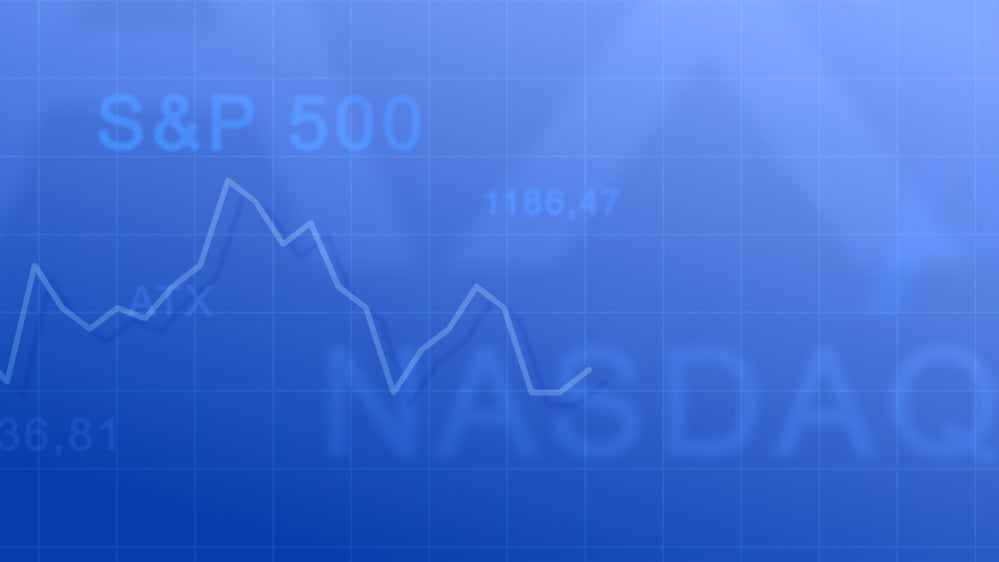
While market predictions ahead of the arrival of 2020—which is now just over two weeks out—have trended toward the optimistic of late, one of the latest predictions is poised to take the crown for “greatest optimist so far.” That prediction comes from Oppenheimer Asset Management, whose analyst John Stoltzfus now predicts that the S&P 500 will hit 3500 at some point in the year, representing a little over 10 percent gain over where it is as of this writing.
Oppenheimer's Optimism Has Some Sound Backing
2019 might well be remembered as the year of the stock market record high, but as we all know, nothing goes up forever and permanent growth is not sustainable. Stoltzfus' analysis suggests that there's still some room to grow, thanks mainly to progress made on the United States – Mexico – Canada Agreement (USMCA) as well as progress made in the ongoing trade war between the US and China.
Powerful factors, yes, but it doesn't stop there. Stoltzfus also takes aim at the S&P's price-to-earnings multiple, expanding it to 20 times earnings over the current 18-fold ratio. This assertion Stoltzfus chalks up to the Federal Reserve, who has had ample experience in addressing uncertainty in the field.
Some here might find these gains a bit unlikely, especially given that the S&P 500 was already up 27% for 2019 so far, but Stoltzfus discounts these gains. Stoltzfus notes that December 2017 saw a sharp sell-off in the S&P, so gains in 2019 were effectively just a “do-over year”. Stoltzfus then rounds out the prediction by asserting that 2020 is to be a year in which global growth returns to the forefront, led by economic progress between two major trading partners in the US and China.
Stoltzfus' projections now put Oppenheimer as the king of the bulls, who project the S&P 500's ultimate high to hit 50 points higher than a prediction made by BTIG's Julian Emanuel. The current average, meanwhile, is actually still up from current levels, but average projections suggest a target of 3,330, which still represents a gain of about 4%.
A Projection Not Without Risk
Naturally, projections this deliberately optimistic don't come without a caveat or two, and Stoltzfus is ready on that end. There are several possible scenarios in which this projection doesn't pan out, and Stoltzfus cites a couple of these.
The first such issue would be if trade negotiations in the ongoing US-China trade war break down. This is a possibility, but given that we've successfully cleared Phase One talks, the chances of a complete breakdown may be considered unlikely. Considering that China has already visibly relented on at least a couple of points—especially in regard to pork and soybeans—a consensus agreement of some kind between the US and China is hardly outlandish.
The second cited issue is a change in monetary policy. Since so much of Stoltzfus' projections depend so heavily on the Federal Reserve and its ability to handle uncertainty, any failure in the Federal Reserve's execution of such handling will have a negative impact accordingly.
Maybe A Bit Too Optimistic
It's hard to fault Stoltzfus for being unduly optimistic here; optimism is a good thing in trade markets. There's some evidence that negative projection becomes a self-fulfilling prophecy as markets react accordingly, covering themselves by pulling back on speculative investments that, at least sometimes, lead to growth. Since they also lead to potential loss, companies stick with the tried-and-true until conditions improve. Households react similarly, curtailing spending on unnecessary items to build up reserves against potential job loss. The curtailed spending leads to reduced revenue at the firms that make “unnecessary items” and job loss follows.
Optimism, therefore, helps curtail some of this loss. It never does the job fully; there will always be those who look at optimistic projections and wonder if they're deliberately made in a bid to prevent just the kind of scenarios discussed previously. Yet for those who keep the optimism, they behave in a fashion that helps keep gains coming in.
Before you make your next trade, you'll want to hear this.
MarketBeat keeps track of Wall Street's top-rated and best performing research analysts and the stocks they recommend to their clients on a daily basis.
Our team has identified the five stocks that top analysts are quietly whispering to their clients to buy now before the broader market catches on... and none of the big name stocks were on the list.
They believe these five stocks are the five best companies for investors to buy now...
See The Five Stocks Here
Market downturns give many investors pause, and for good reason. Wondering how to offset this risk? Enter your email address to learn more about using beta to protect your portfolio.
Get This Free Report
Like this article? Share it with a colleague.
Link copied to clipboard.
